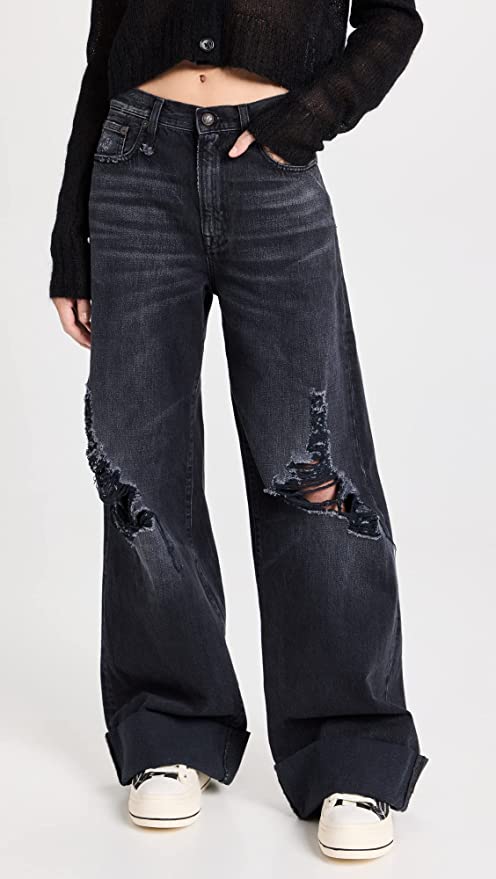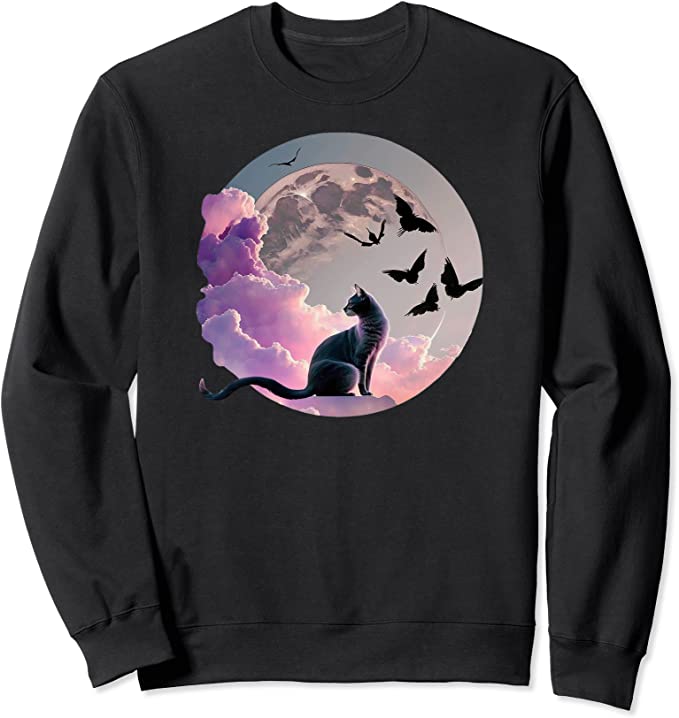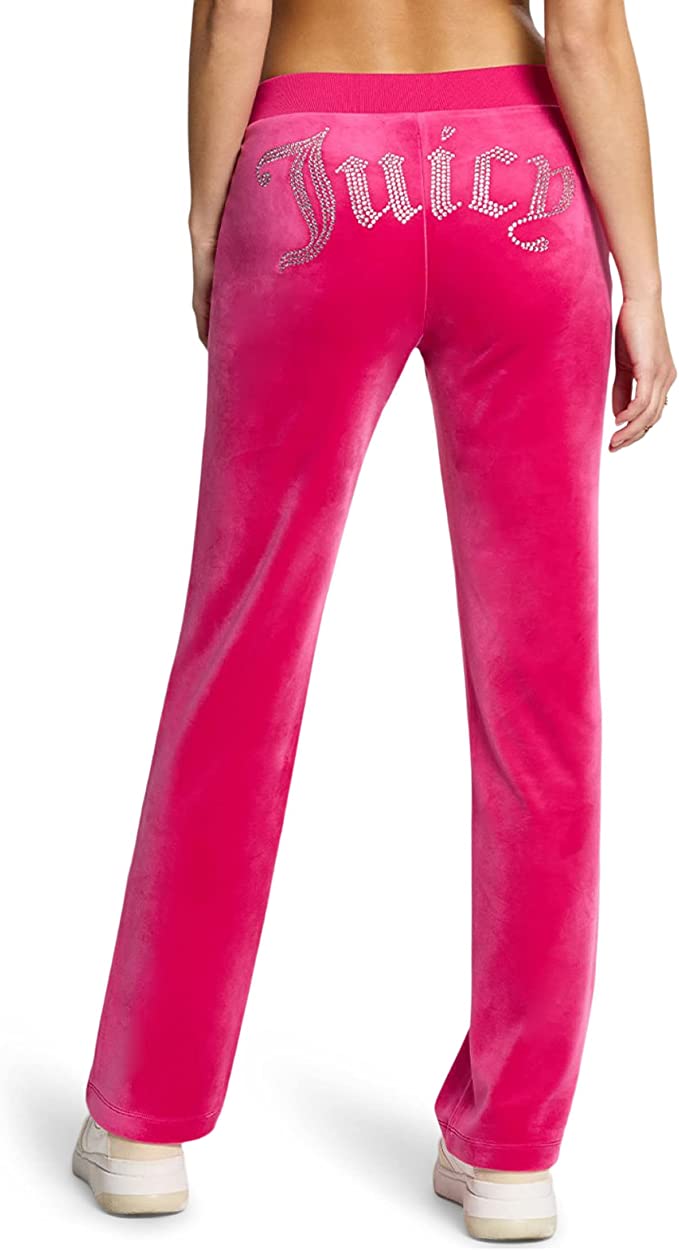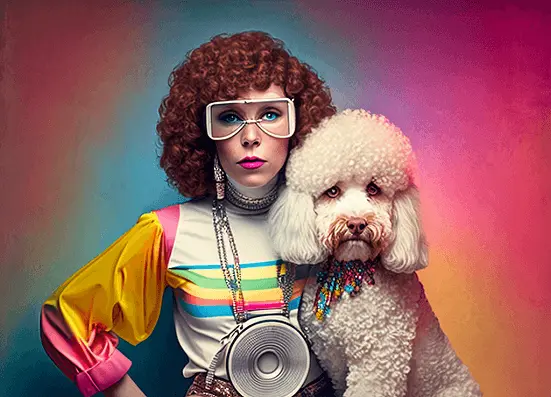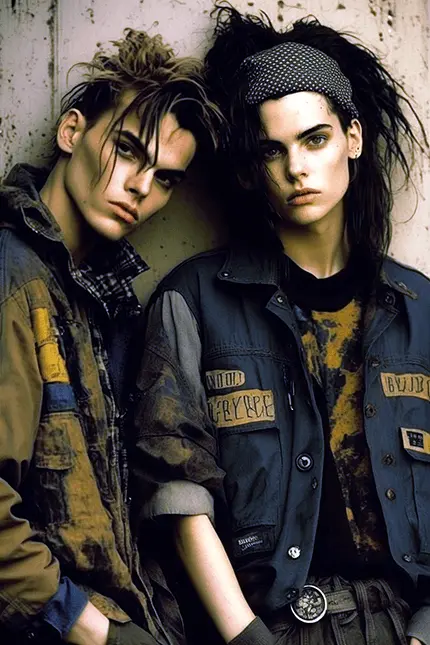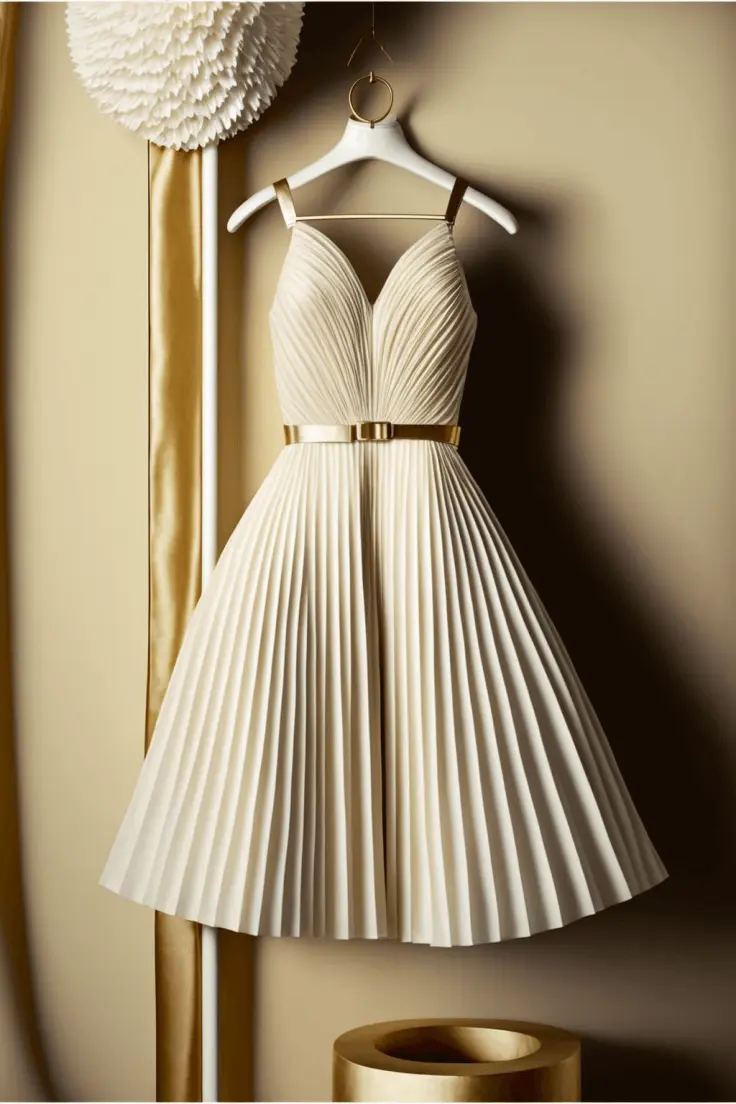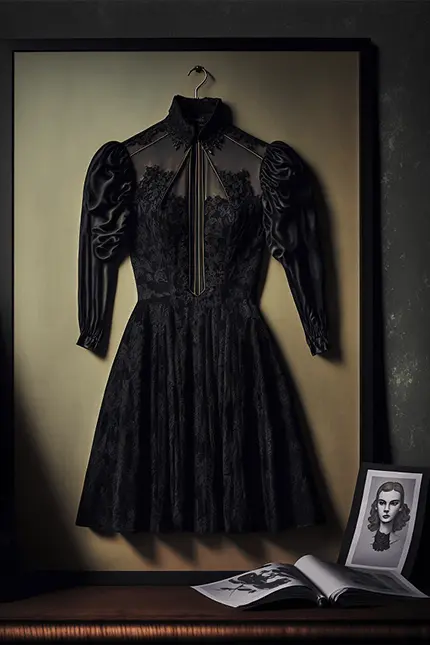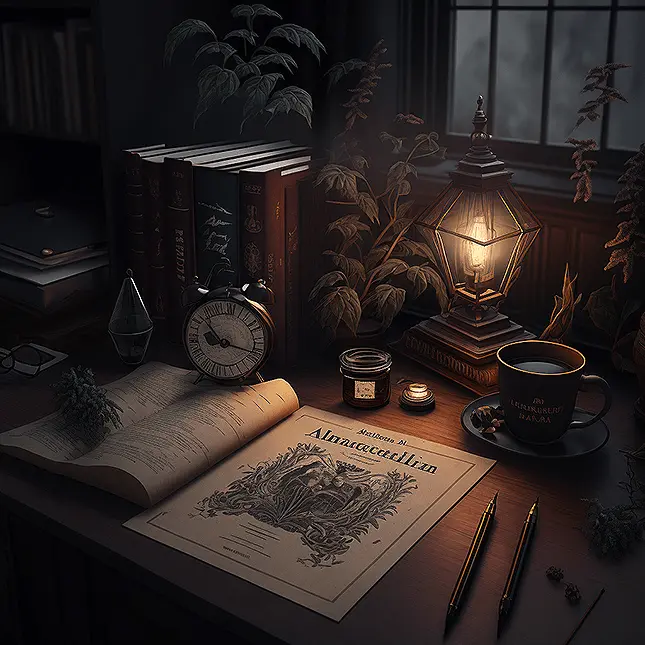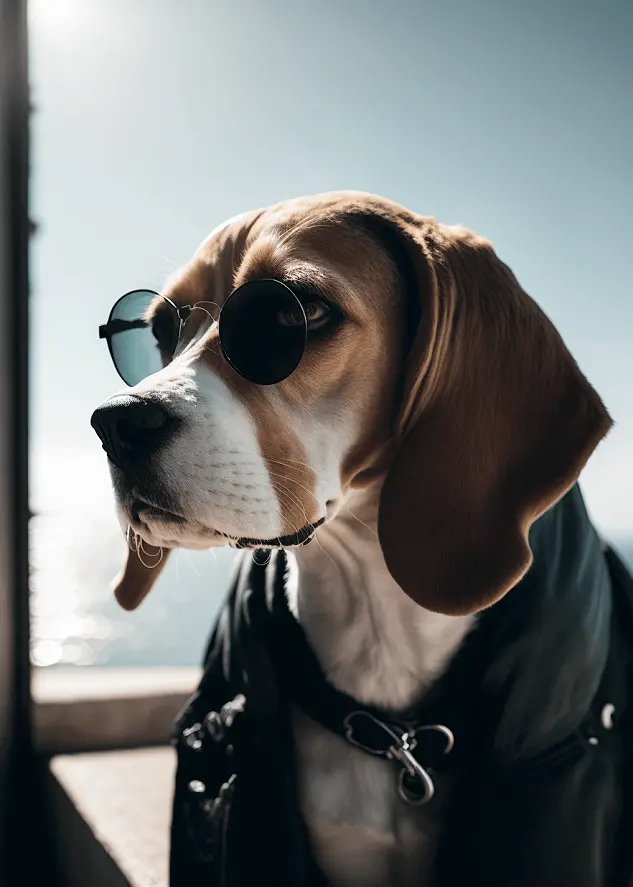Y2K
Y2K, also known as the Year 2000 Problem, “Y2K aesthetic” or “Y2K style”, began around 1997 and lasted until about 2004. Y2K refers to a fashion and design trend that is inspired by the turn of the millennium, specifically the years leading up to the year 2000.
Bucket hats and bodysuits – the Y2K trend is characterized by bright, bold colors, futuristic blob designs, and a blend of retro-futurism with slick lines and minimalist elements.
Experts in fashion and design note that the Y2K aesthetic’s resurgence is a response to the current cultural and political climate, which is marked by uncertainty, nostalgia, and a longing for simpler times.
The turn of the millennium represented a time of optimism and possibility when technology and globalization were seen as catalysts for progress and innovation.
The Y2K aesthetic is characterized by a unique combination of retro and futuristic elements, resulting in a distinct visual style that has become increasingly popular in recent years.
- March 19, 2023
- Dagmara Mach
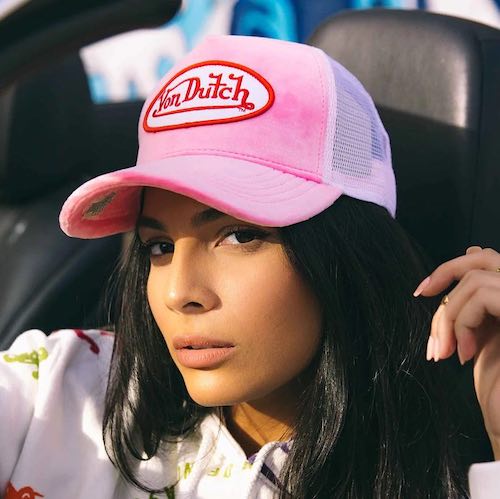
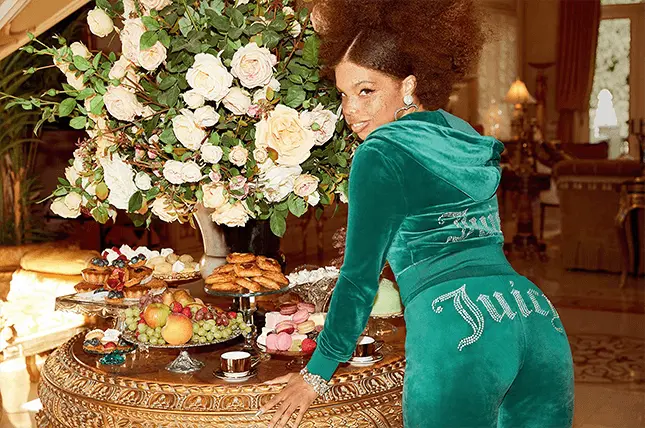
Top Trends of Y2K
The major fashion trends and clothing items associated with the Y2K aesthetic reflect a unique combination of retro and futuristic elements. Low-rise jeans, crop tops, platform shoes, mini skirts, and velour tracksuits were all popular during the early 2000s, and have since become defining features of the Y2K style. These trends were chosen as part of the Y2K aesthetic due to a variety of cultural and historical influences, including the rise of pop culture, alternative fashion, and retro-inspired styles. The Y2K aesthetic represents a celebration of individuality and creativity, and continues to inspire new generations of fashion designers and enthusiasts.
Low Rise Jeans
Low-rise jeans: Low-rise jeans were a popular fashion trend during the early 2000s, and have since become a defining feature of the Y2K aesthetic.
These jeans sit low on the hips and have a short zipper, creating a flattering and sexy silhouette.
Low-rise jeans became popular during this time due to the rise of pop stars like Britney Spears and Christina Aguilera, who often wore them in their music videos and performances.
Low-rise jeans were also a response to the baggy, oversized clothing popular in the 90s, and represented a move towards more form-fitting and figure-flattering styles.

Crop Tops
Crop tops are another defining feature of the Y2K aesthetic. These tops are typically short and tight-fitting, often featuring bold prints and bright colors. Crop tops became popular during the early 2000s as part of a larger trend towards skin-baring clothing, and were often worn with low-rise jeans.
Platform Shoes
Platform shoes were a popular trend during the 90s and early 2000s, and have recently made a comeback as part of the Y2K aesthetic. These shoes feature thick soles that elevate the wearer, creating a dramatic and attention-grabbing look. Platform shoes became popular during this time due to the rise of grunge and alternative fashion, which emphasized individuality and non-conformity.
Mini Skirts
Mini skirts were a popular fashion trend during the 60s and 70s, and experienced a resurgence during the early 2000s as part of the Y2K aesthetic. These skirts are typically short and form-fitting, and often feature bright colors or bold patterns. Mini skirts became popular during this time as part of a larger trend towards retro-inspired fashion, which celebrated the styles and fashions of previous decades.

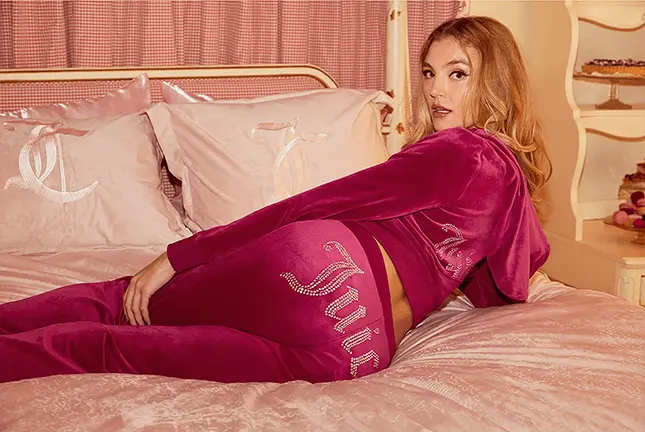
Velour tracksuits were a popular clothing item during the early 2000s, particularly among celebrities and influencers. These tracksuits are made from soft, velvety material, and often feature bright colors or bold logos. Velour tracksuits became popular during this time due to the rise of hip-hop and urban fashion, which often featured athletic-inspired clothing and accessories.
Y2K Fashion
Runway fashion shows that depicted the Y2K aesthetic, which was characterized by bold colors, futuristic silhouettes, and an overall emphasis on technology and the digital age. Here are some notable examples:
Alexander McQueen Spring/Summer 1999 – This runway show featured sculptural designs, metallic fabrics, and a futuristic vibe that epitomized the Y2K aesthetic.
Gucci Spring/Summer 2000 – This show featured bright, bold colors and a mix of textures, including leather, lace, and velvet.
Versace Spring/Summer 2000 – This show featured an array of metallic fabrics and futuristic silhouettes, including short dresses with asymmetrical hemlines and metallic corsets.
Marc Jacobs Spring/Summer 2000 – This show featured a mix of bold, bright colors and whimsical prints, including smiley faces and cartoon characters.
Jean-Paul Gaultier Spring/Summer 2000 – This show featured a mix of futuristic and retro elements, with metallic fabrics and plastic accessories paired with 1960s-inspired prints and silhouettes.
Overall, these runway shows and many others from the late 1990s and early 2000s captured the bold and futuristic spirit of the Y2K aesthetic.
Y2K: The Year 2000 Problem
Y2K, also known as the Year 2000 problem, was a computer bug that was widely feared to cause widespread disruptions and failures when the calendar rolled over from December 31, 1999, to January 1, 2000. The concern was that many computer systems and software applications stored the year using only two digits (e.g., “99” instead of “1999”), which could cause them to interpret the year 2000 as 1900, leading to incorrect calculations and system failures.
The Y2K problem was not a sudden or isolated event, but rather the result of decades of technological evolution. In the early days of computing, memory and storage were very expensive, so programmers would save space by using only two digits to represent the year. This worked fine until the turn of the century approached, when many computer systems and applications were expected to encounter problems due to their reliance on this short-sighted approach.
Experts knew that the Y2K problem could affect not just computer systems, but also other critical infrastructure such as utilities, transportation, and financial systems. The fear was that power grids could fail, planes could fall out of the sky, and financial markets could crash, causing widespread chaos and panic.
In response to the potential threat, governments, businesses, and other organizations spent billions of dollars to update and replace their computer systems and software applications, and to test their systems for Y2K compliance. This effort was one of the largest and most coordinated technical endeavors in history.
Despite the widespread concern, the actual impact of Y2K turned out to be much less severe than anticipated. While there were some minor glitches and disruptions, most computer systems and infrastructure remained operational. This was due in large part to the extensive preparations made by experts in the years leading up to the turn of the century.
In summary, the Y2K problem was a computer bug that threatened to cause widespread disruption and failure when the calendar rolled over from December 31, 1999, to January 1, 2000. It was caused by the use of two-digit year representations in computer systems and applications, and experts knew that it could affect critical infrastructure such as utilities, transportation, and financial systems. However, extensive preparations and upgrades were made to prevent and mitigate the potential impact, and the actual impact turned out to be much less severe than anticipated.
Y2K Style
Y2K style draws inspiration from a variety of sources, including pop culture, technology, and fashion. Some of the key elements of Y2K style include:
Bright colors: Y2K style is characterized by bold, bright colors such as neon green, hot pink, and electric blue. These colors were popular in the late 1990s and early 2000s, and are often paired with contrasting colors to create a vibrant and eye-catching look.
Futuristic designs: Y2K style incorporates futuristic designs and motifs, such as metallic fabrics, iridescent finishes, and geometric shapes. These elements evoke a sense of technology and innovation, and are often paired with retro elements to create a unique and eclectic look.
Retro elements: Y2K style also incorporates retro elements from the 1990s, such as butterfly clips, platform shoes, and baggy pants. These elements are often updated with modern twists to create a fresh and contemporary look.
Pop culture references: Y2K style often draws inspiration from pop culture references from the turn of the millennium, such as the Matrix movie franchise, Britney Spears’ music videos, and the Spice Girls. These references are incorporated into fashion and design elements to create a sense of nostalgia and familiarity.
Experts note that the Y2K aesthetic is not just limited to fashion and design, but also extends to lifestyle trends such as music, entertainment, and technology. For example, the resurgence of vinyl records and cassette tapes is seen as a reflection of the nostalgia and appreciation for analog technology from the turn of the millennium.
In summary, the Y2K aesthetic or Y2K style is a fashion and design trend that draws inspiration from the turn of the millennium, specifically the late 1990s and early 2000s. It is characterized by bold, bright colors, futuristic designs, and a mix of retro and modern elements. Experts note that the Y2K aesthetic is a response to the current cultural and political climate, which is marked by uncertainty and nostalgia, and that it extends beyond fashion and design to encompass lifestyle trends as well.
Development of the Y2K Aesthetic
The development and embracing of the Y2K aesthetic is rooted in a complex sociopolitical, historical, economic, and cultural climate that was present during the late 1990s and early 2000s. Experts point to several key factors that contributed to the rise of Y2K style, including:
Technological advancements: The turn of the millennium represented a time of rapid technological advancement, with the rise of the internet, personal computers, and mobile phones. This technological revolution created a sense of optimism and excitement, and inspired designers and artists to experiment with futuristic designs and motifs.
Economic prosperity: The late 1990s and early 2000s were marked by a period of economic prosperity in many parts of the world, with low unemployment rates and high levels of consumer spending. This economic boom created a sense of optimism and confidence, and led to a renewed interest in fashion, design, and lifestyle trends.
Globalization: The rise of globalization during the late 1990s and early 2000s created a sense of interconnectedness and cross-cultural exchange, which influenced the development of Y2K style. The internet and social media allowed people from around the world to connect and share ideas, leading to the emergence of global trends and subcultures.
Pop culture: Pop culture played a significant role in shaping the Y2K aesthetic, with music, movies, and television shows influencing fashion and design trends. The popularity of pop stars such as Britney Spears and the Spice Girls, and movies like The Matrix, contributed to the development of Y2K style elements such as bright colors, futuristic designs, and retro references.
Postmodernism: The postmodernist movement, which emphasized the rejection of traditional boundaries and classifications, influenced the development of Y2K style by encouraging designers and artists to experiment with hybridity and eclecticism. This led to the mixing of different styles, genres, and references in Y2K fashion and design.
In summary, the development and embracing of the Y2K aesthetic was influenced by a variety of sociopolitical, historical, economic, and cultural factors. The rise of technology, economic prosperity, globalization, pop culture, and postmodernism all played a role in shaping the Y2K style.
Y2K Music
Britney Spears released her first album, “…Baby One More Time,” in 1999. The album was a huge commercial success, selling over 10 million copies in the United States alone and launching Britney Spears’ career as a pop icon.

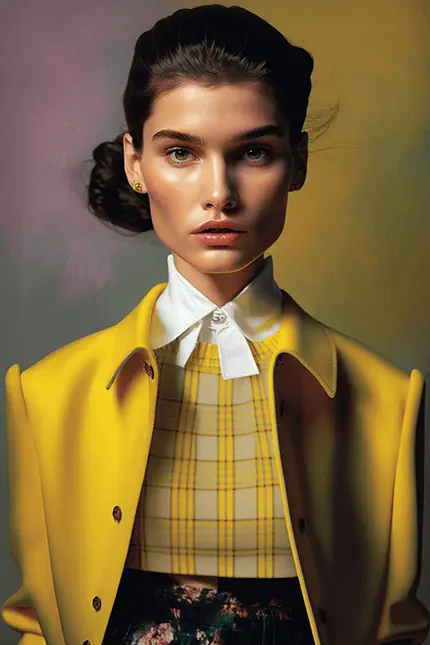
Preppy Aesthetic
Preppy aesthetic is classic, conservative, academic, and associated with the fashion and lifestyle of the American East Coast elite. Read More
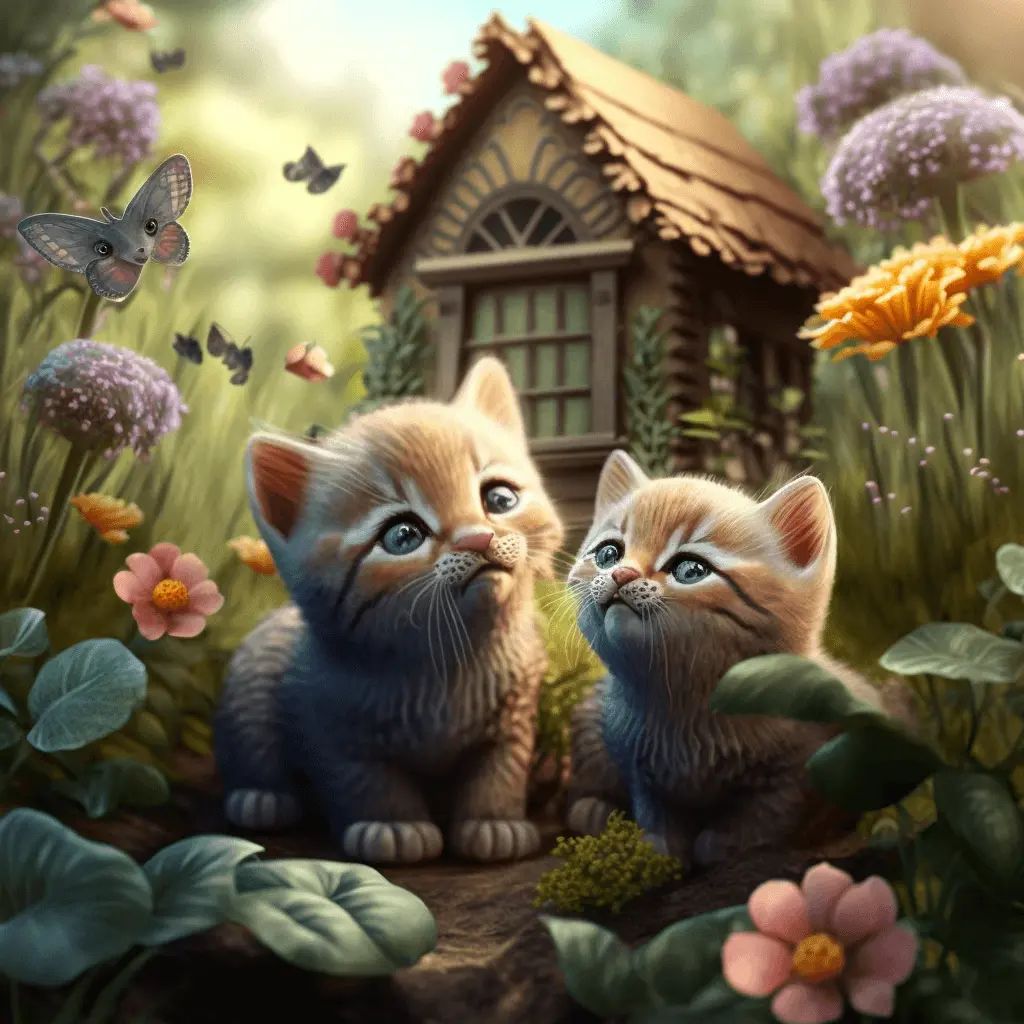
Cottagecore
Cottagecore is an idealized romantic aesthetic inspired by rural life, a connection to nature, nostalgia, and home cooked meals with friends. Read More
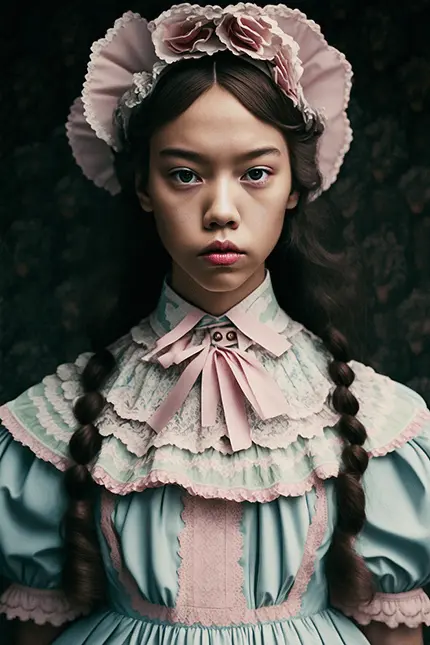
Lolita Aesthetic
Lolita aesthetic is a style which includes Lolita dresses originated in Japan and has since become popular worldwide. Read More
